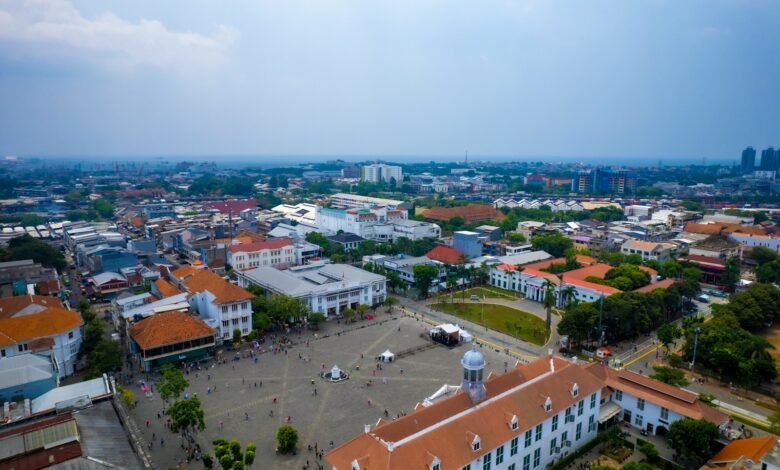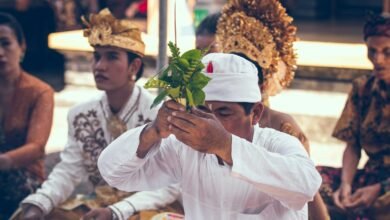
Indonesia is a nation rich in cultural heritage, with a history that spans centuries. From ancient temples and royal palaces to colonial buildings, Indonesia’s historic sites are a testament to its diverse cultural evolution. Here’s a guide to some of the most significant historic sites that reflect the country’s dynamic past.
1. Borobudur Temple (Central Java)
One of the most famous and iconic landmarks in Indonesia, Borobudur is the largest Buddhist temple in the world. Built in the 9th century during the Sailendra Dynasty, it is a UNESCO World Heritage site. The temple is renowned for its intricate carvings and large central stupa, making it not only a place of worship but also an incredible architectural marvel.
2. Prambanan Temple (Yogyakarta)
Another UNESCO World Heritage site, Prambanan is a stunning Hindu temple complex in Central Java. Built in the 9th century during the Mataram Kingdom, the temples are dedicated to the Trimurti, the three major gods in Hinduism: Brahma, Vishnu, and Shiva. The temples are known for their towering spires and detailed relief carvings depicting scenes from the Hindu epics.
3. Kraton Yogyakarta (Yogyakarta)
The Kraton, or Sultan’s Palace, is a grand historical structure in the heart of Yogyakarta. It was built in the 18th century as the official residence of the Sultan of Yogyakarta and serves as a cultural center, housing museums and galleries. The Kraton offers visitors a chance to explore traditional Javanese architecture, art, and culture.
4. Taman Sari Water Castle (Yogyakarta)
Built in the 18th century, the Taman Sari Water Castle was once a royal garden and bathing complex for the Sultan’s family. The site includes a series of pools, pavilions, and canals, and it’s often referred to as an architectural gem that combines Javanese and Islamic styles.
5. The Old Town of Jakarta (Kota Tua)
Kota Tua is the historic center of Jakarta, filled with Dutch colonial architecture dating back to the 17th century. Visitors can explore the Fatahillah Square, which is home to museums and old buildings such as the Jakarta History Museum (formerly the city hall) and the Wayang Museum, dedicated to Indonesia’s puppet theatre heritage.
6. Bali’s Sacred Temples (Bali)
Bali is home to several important temples, some of which are considered sacred by Hindus in Indonesia. The Uluwatu Temple, perched on a cliff overlooking the Indian Ocean, and Tanah Lot, situated on a rock in the sea, are among the most iconic. These temples not only hold religious significance but also offer stunning views of the landscape.
7. Fort Rotterdam (Makassar)
A historical site in Makassar, South Sulawesi, Fort Rotterdam was originally built by the Dutch in the 17th century as a defensive fort. Today, it stands as a museum that showcases the history of the Dutch East Indies and the region’s colonial past. The fort’s architecture blends European and local styles.
8. The Sultanate Palaces of Aceh (Aceh)
In the northern part of Sumatra, Aceh is home to several royal palaces, such as the Baiturrahman Grand Mosque and the Istana Sultan Iskandar Muda. These historic structures offer insights into the sultanate era of Aceh, one of the most powerful kingdoms in Southeast Asia during the 16th and 17th centuries.
9. The Ancient City of Singasari (East Java)
Singasari was the capital of the Singhasari Kingdom in the 13th century and is known for its archaeological site, which includes temples and relics. The Candi Singasari temple is one of the most important sites in East Java, showcasing the kingdom’s influence on the region.
10. Ratu Boko Temple (Yogyakarta)
Located near Prambanan, Ratu Boko is a lesser-known but significant archaeological site. The complex includes a series of gates, ruins, and a palace complex, offering insight into the early history of Java’s Hindu-Buddhist kingdoms.



